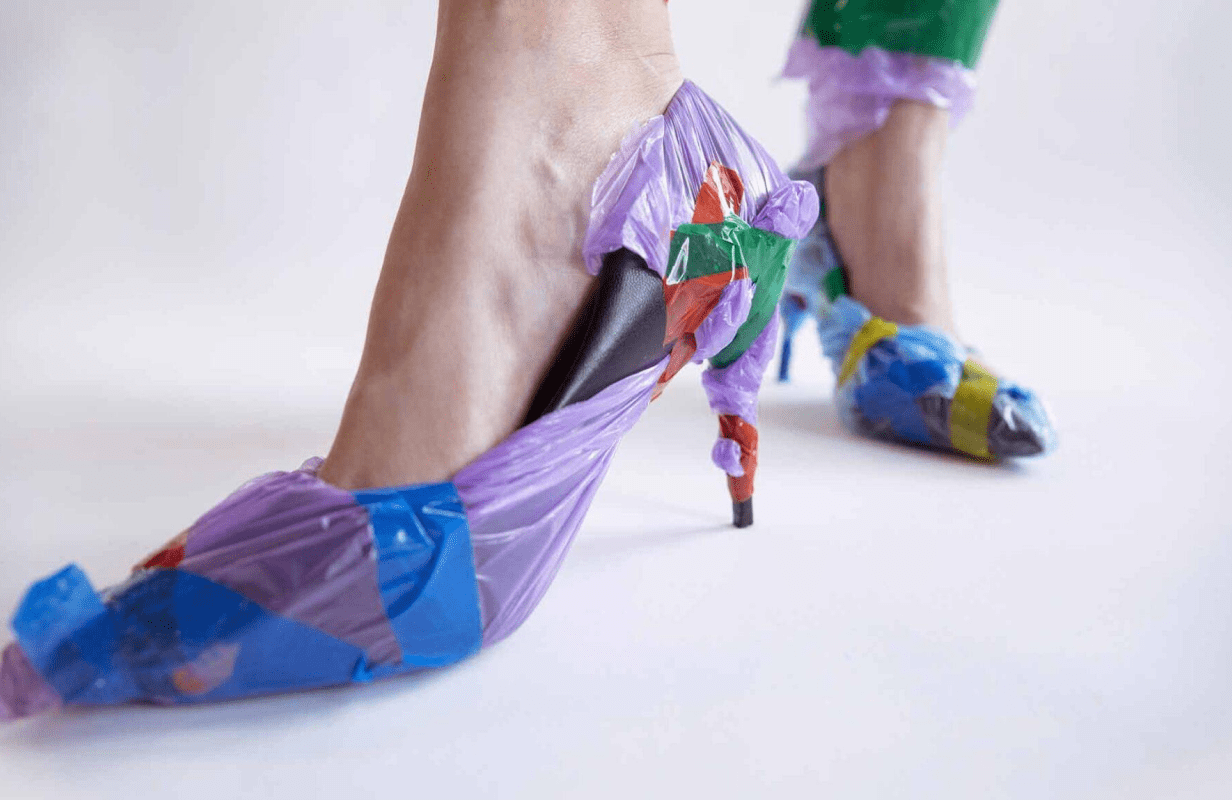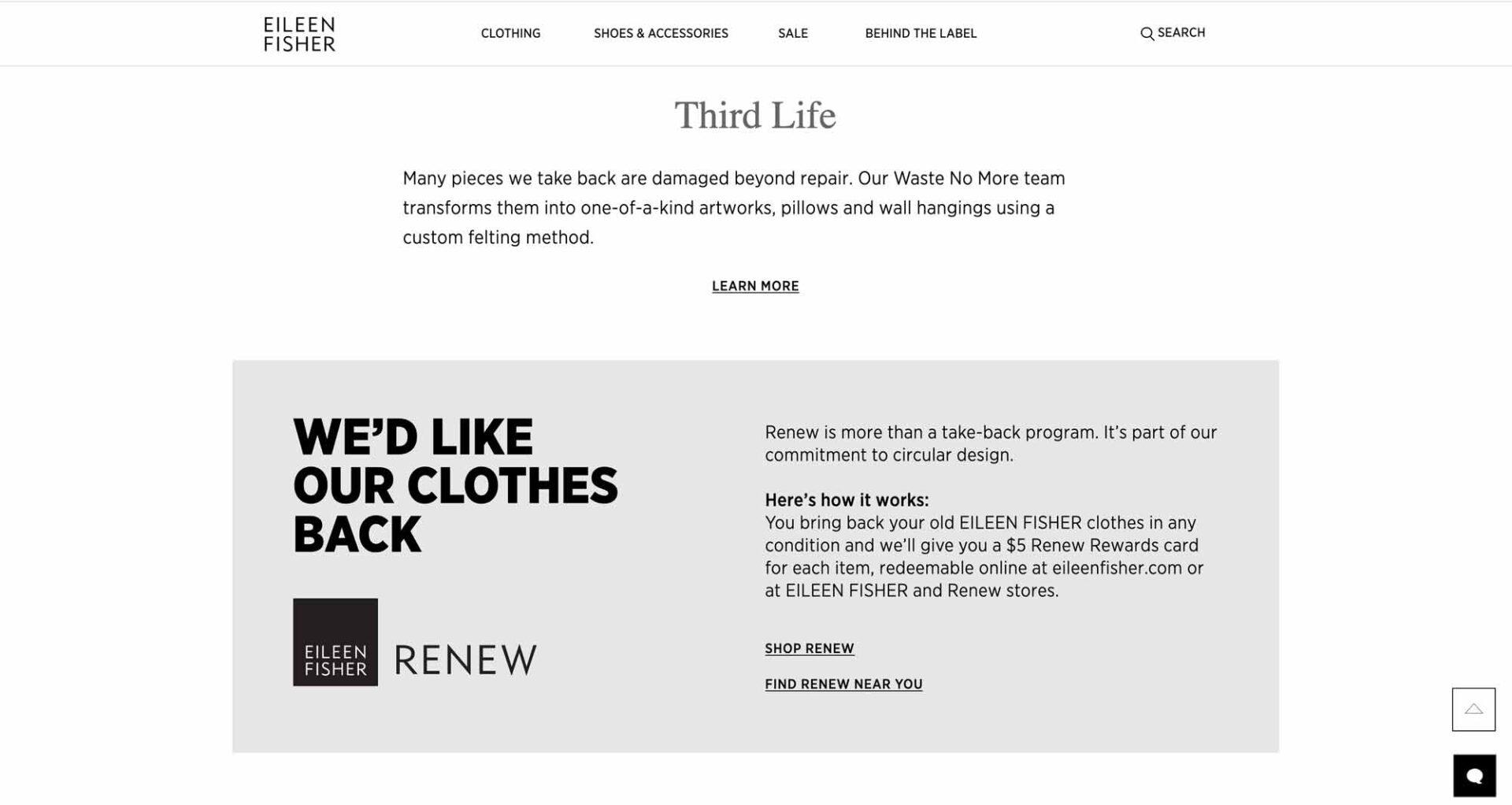12 Apr Myths about recycling and top tips on how to recycle your old clothing
Remember a scene in Wall-e when the main character wanders around Earth of the future, which had become a huge landfill? That bleak future is inexorably becoming our reality. In the last fifteen years, the amount of clothing Americans dump in trash has doubled at a rate of 6% each year. In fact, 11.8 billions of kilograms of clothing end up in landfills in the US alone. Learn about the huge environmental implications of this, myths about textile recycling, and get our top tips on recycling your old clothing.
Myth 1: Clothing we dump in the trash will get recycled
The bitter and horrifying truth is that we are still very far from solving the problem of recycling in general. Not because we can’t come up with the required technology, but because recycling is not in the financial interests of the plastics industry and oil and gas companies. The more plastic is recycled, the less money these industries will make selling new plastic. It’s been over forty years since we first started recycling plastic, yet less than 10% of all plastic actually gets recycled.
Textile recycling is, of course, facing the same problem worldwide. In most countries there is no established system for recycling clothing. According to Waste Management, a US-based waste management company, there is currently no way to recycle clothing and textiles in general waste.
Myth 2: Clothing decomposes when it gets to landfills
What happens when our clothing is thrown to trash and ends up in landfills? We might naively think that it will eventually decompose, but that’s far from the truth. More natural fibres like cotton, linen and wool do decompose but at a slower rate. Meanwhile, it can take centuries for some fabrics like synthetics to biodegrade. Polyester and man-made rubber are made from poisonous chemicals that are released in the air as they decompose.
While decomposing, clothing produces a greenhouse gas called methane which is five times more potent greenhouse gas than CO2. Landfills are the third largest source of methane emissions in the US, according to EPA.
Myth 3: Recycling is our responsibility as good citizens

We’ve been brainwashed by the various industries that it’s our responsibility as citizens and consumers to take care of recycling. We don’t have to support this myth and greenwashing. As John Oliver, a journalist and a host of Last Week Tonight show stated recently, “The real behavior change has to come from plastic manufacturers themselves. <> We have to make them internalize the costs of the pollution they are creating. And there is a way to do this. Through the concept that’s called “extended producer responsibility”. This concept is simple: create laws that shift the responsibility to recycle plastic waste from us, consumers, to the actual producers of plastic waste.
This concept can be translated into the world of fashion as well: clothing brands should be responsible for collecting unwanted clothing from their customers and recycling it. After all, 95% of textiles that end up in the trash can actually be recycled!
With all this in mind, here are our top tips for recycling your old unwanted clothing.
Top tips on how to recycle clothing
1. In-store recycling bins
Did you know that some stores have recyclable bins where you can drop off clothing of any condition and brand for recycling? Levis, Madewell, Columbia, American Eagle Outfitters, Reformation have them.
2. Find clothing bins that recycle
Have you ever seen green recycling bins scattered in residential areas throughout your city? Some of them will make sure your cast off clothing actually gets recycled. If you live near the big US cities you can drop off at USAgain and Planet Aid bins.
3. Explore brand take-back programs
As with anything, there will always be industry leaders willing to take responsibility for their clothing even more. Since 2009, Eileen Fisher has taken 1 million of gently used garments back thanks to its Renew program. Patagonia’s Worn Wear program has been helping their customers not only share and recycle used clothing but also repair it. Knickey, an US underwear brand has a recycling program for used underwear.
There’s also Nike’s Reuse-A-Shoe program that recycles athletic shoes. Nike is on a mission to produce what’s called “Nike Grind” – a collection of recycled materials made of recycled post-consumer shoes from the Reuse-A-Shoe program, unsold footwear, and manufacturing scraps. You can drop your used shoes at a participating Nike retail store in North America or Europe.

5. City textile recycling
City-wide recycling has finally arrived in some places – search for your local municipal recycling efforts like citizen textile drop off points. However, this might be hard to come by, especially during Covid times. When my co-founder Ksu and I started our research on city textile recycling in the SF Bay Area last year, we couldn’t find a single place that accepted clothing for recycling.
6. Compost your clothing
If none of the other options work, consider composting old clothing. Keep in mind that it will only work for natural materials like cotton, linen or hemp. Remove buttons and zippers, shred your item in pieces, and put it into the compost bin.
So, the main takeaways are these: the system of textile recycling is far from perfect, clothing brands should be responsible for taking back used clothing for recycling, and we as fashion consumers should avoid throwing old clothing in the trash.

